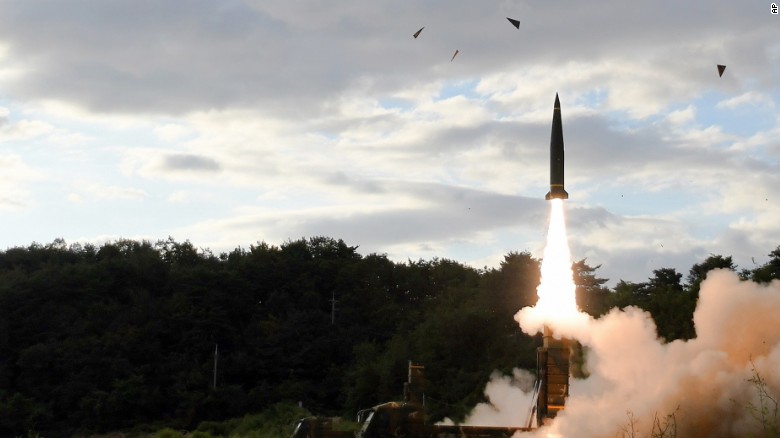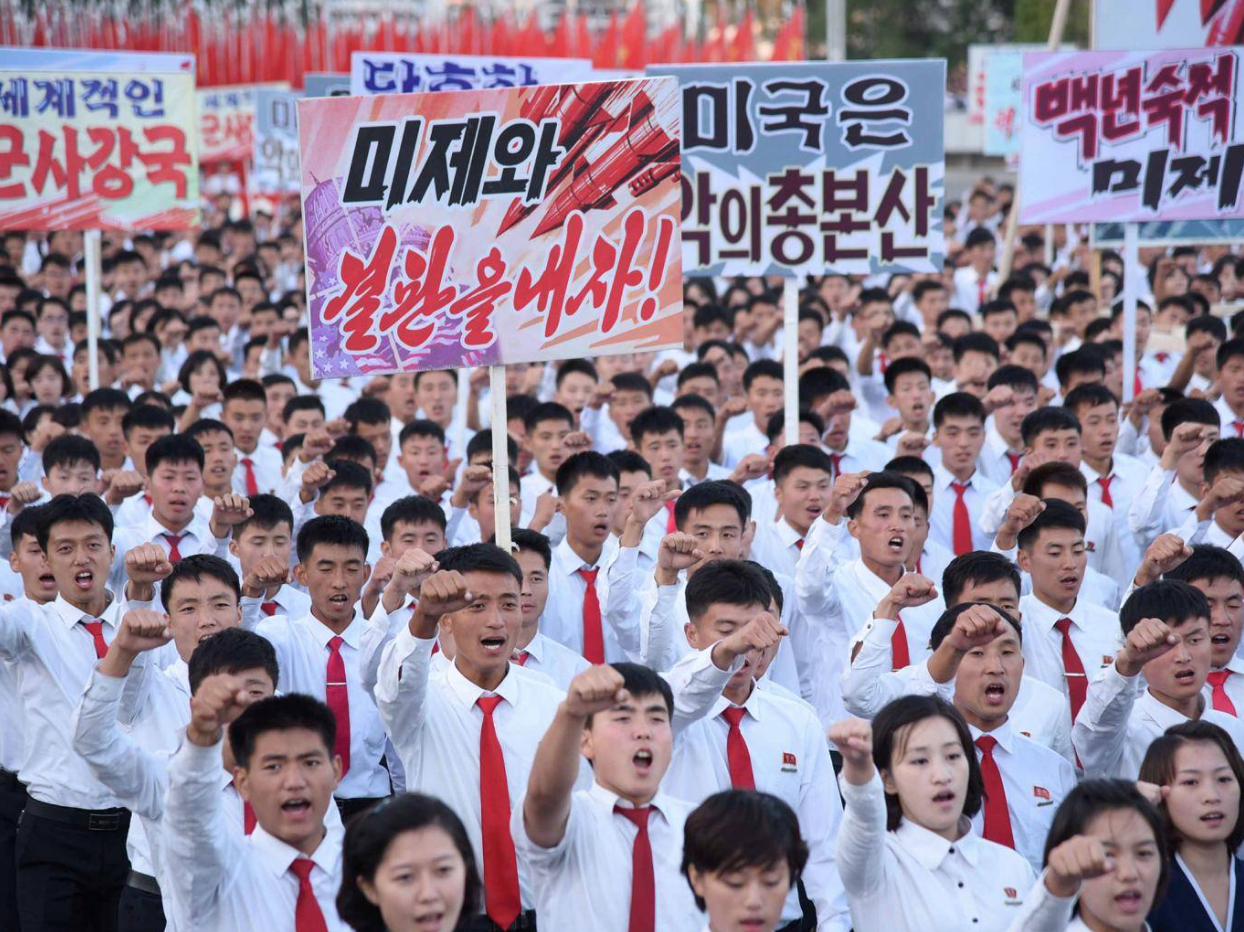Global issues, Vol. 5: North Korea develops and tests nuclear weapons
North Korea’s latest nuclear test at the Punggye-ri Nuclear Test Facility in North Hamgyong September 3 resulted in natural disasters, such as earthquakes, around Mount Mantap. The United States perceives the nuclear test as a threat, as recent activity in North Korea keeps the United States government on edge about a potential nuclear war.
This fall, the North Korean government ran six nuclear tests in the tunnels of the Punggye-ri Nuclear Test Facility located underneath Mount Mantap. The mountain is now suffering from what analysts call “tired mountain syndrome.” This develops after multiple nuclear blasts, which create fractures and weaken the rock in the mountain. Now, Mount Mantap’s location has visibly shifted, according to aeronautics company Airbus, and the mountain could potentially collapse if any further testing is done, according to washingtonpost.com.

North Korea’s sixth nuclear test caused a 6.3 magnitude earthquake throughout the northeastern region of North Korea, according to washingtonpost.com. This reaction proved the weapon is the most powerful nuclear device that the North Korean government has tested. Due to the high magnitude of the earthquake, the bomb could be up to 17 times the size of the bomb that the United States dropped on Hiroshima, Japan in 1945 during World War II, according to washingtonpost.com.
Prior to this recent nuclear test, the area surrounding Mount Mantap never experienced any earthquakes or shifts. If Mount Mantap collapses, it could emit radiation that could cause severe damage to the area surrounding the mountain, according to washingtonpost.com.
During North Korea’s most recent nuclear test, the blast caused an 85-acre mountain peak to crumble, and triggered multiple smaller earthquakes. Earthquakes are not an uncommon reaction to a nuclear test. Until 1992, earthquakes occurred in Nevada after the United States’ own nuclear tests. Despite these environmental reactions, the United States continued to test its nuclear weapons. This has led experts to believe that North Korea will also continue testing, according to washingtonpost.com.
In addition, North Korea claims that they have a hydrogen bomb, but the United States government doubts this is true. However, physical evidence provided by Airbus supports North Korea’s claim that they possess a thermonuclear device in conjunction with the bomb.
North Korea threatened to use their potential nuclear weapons above ground and said that they may fire missiles into the sea near the coast of Guam, a Pacific territory of the United States.

Tensions over the North Korean weapons program heightened September 15 as North Korea fired a missile from an undisclosed location for a second time over Hokkaido, a northern island in Japan. The missile traveled 3,700 kilometers. This missile’s distance proved that North Korea could reach Guam, which is only 3,380 kilometers away from where North Korea launched the missile. The United States viewed this launch as another threat, according to CNN.
Chairman of the Workers’ Party of Korea Mr. Kim-Jong Un’s regime said that they have the strength to win against the United States in a nuclear war. North Korea’s foreign minister Mr. Ri Yong Ho discussed North Korea’s military strength in an interview with CNN.
“We’ll see what happens …. We are so prepared like you wouldn’t believe,” Mr. Ri said, according to CNN.
Sophomore Sydney Kim, who has family members that live in North Korea, expressed her concerns about North Korea’s approach to military action.
“I am not specifically concerned that they have them, but rather that I feel that they will not hesitate to use them,” Sydney said.

North Korean students regularly participate in street marches, holding signs depicting a destroyed United States Capitol building and shredded American flags, according to The New York Times.
North Korean exhibits and monuments such as a diorama depicting an American soldier’s corpse being picked apart by birds illustrate North Korea’s hostile attitude toward the United States, according to The New York Times.
Journalists from The New York Times asked various North Korean citizens to share their thoughts on a potential war between the United States and North Korea, including 38-year-old North Korean school teacher Mr. Mun Hyok-myong.
“If we had to go to war, we won’t hesitate to totally destroy the United States,” Mr. Hyok-myong said in an interview with The New York Times.
Sydney’s father Mr. Dean Kim, who lived in South Korea as a child and has family currently living in North Korea, had a different opinion than adults in North Korea regarding North Korea’s possession of nuclear weapons.
“North Korea would not have a fair chance against the US in terms of military capability,” Mr. Kim said, “but a war could get other countries involved, and you don’t know what could happen then.”
An earlier version of this article listed Mr. Kim as living in North Korea. We apologize for the error.

